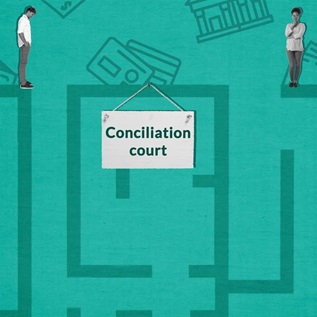Subprime Lending
Protecting Americans from subprime mortgages
Homeownership is the cornerstone of the American middle class and the foundation of the American dream. Low-interest rates, Wall Street demand for mortgage debt securities and new mortgage products have enabled millions of Americans to buy homes for the first time in their lives. However, these developments have fueled extraordinary growth in subprime mortgage lending to people with low incomes and weak credit, which has led to a crisis in the housing market and the economy as a whole.
By 2006, subprime loans accounted for 20 percent of all new mortgages. Roughly 80 percent of these subprime mortgages have low initial “teaser” rates that “explode” after two years, leading to higher variable rates beyond the budget of many new homeowners. Pew estimates that one in 33 current U.S. homeowners may be headed toward foreclosure in the coming years because of subprime loans. The problem hardly stops there. Because of foreclosures in their communities, an additional 40 million homeowners may see their property values and their municipalities' tax bases drop by as much as $356 billion in the next two years.
Research and analysis. Pew's Center on the States and Health and Human Services program teamed up to provide the first-ever comprehensive look at what states have been doing to address the foreclosure crisis. Defaulting on the Dream: States Respond to America's Foreclosure Crisis showcases state approaches in two principal areas: (1) helping borrowers avoid foreclosure and keep their homes; and (2) preventing problematic loans from being made in the first place. The report was widely cited by policymakers during recent Congressional debates on addressing the housing crisis.
Seeking policy solutions. Pew has invested $1 million in the Center for Responsible Lending (CRL). A central component of CRL's work with Pew has been to encourage the Federal Reserve Board (Fed) to use its regulatory authority to strengthen underwriting and disclosure standards and, in July 2008, the Fed acted to protect consumers by adopting new rules. These include prohibiting a lender from making a loan without regard to borrowers' ability to repay; requiring creditors to verify a borrower's income and assets; banning prepayment penalties if the payment can change in the initial four years; and establishing escrow accounts for property taxes and homeowner's insurance for all first-lien mortgage loans. The Fed also established advertising standards and required certain mortgage disclosures to be given to consumers earlier in the transaction.











